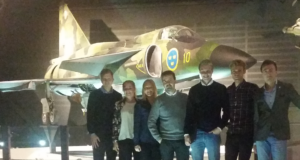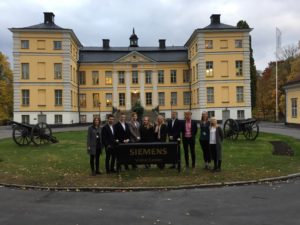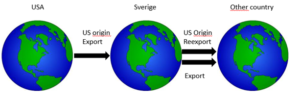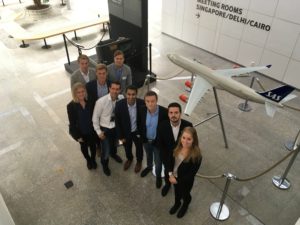The first month at military engine performance.
It’s been a while since we started here at GKN, and we graduate engineers have spent a few weeks at our respective home departments. At my department, which is military engines performance, we work with the performance of entire engine systems. The engine which is mainly considered is the RM12 engine – the engine powering the Gripen fighter jet, but we also work with other engines. I have personally not begun working with the RM12 engine and I probably won’t until I return from my time abroad, so by spring 2018.
The first time at the department consisted of a lot of reading up and learning about the basics of engine performance, but since a few weeks I have started working on more sharp tasks. Right now I work with a future engine. This engine is derived from an already existing jet engine. We work with a requirement specification of what this future engine must be able to handle in terms of for example thrust force and fuel consumption. We look at whether the requirements are attainable with todays technology and also how the performance of said engine might be a few years from now if materials and more keep developing in a rate similar to that of the past. My part so far has been to try to analyze the performance of the engine using this extrapolated future technology.
I’ve enjoyed this first time at the department a lot. Apart from my mentors and other colleagues being very including and pedagogical, they are also fun as individuals. Because of this it feels a bit melancholy, in a way, that I will be away for more than a year during the period as a graduate engineer. But on the other hand – what a year it will be!



